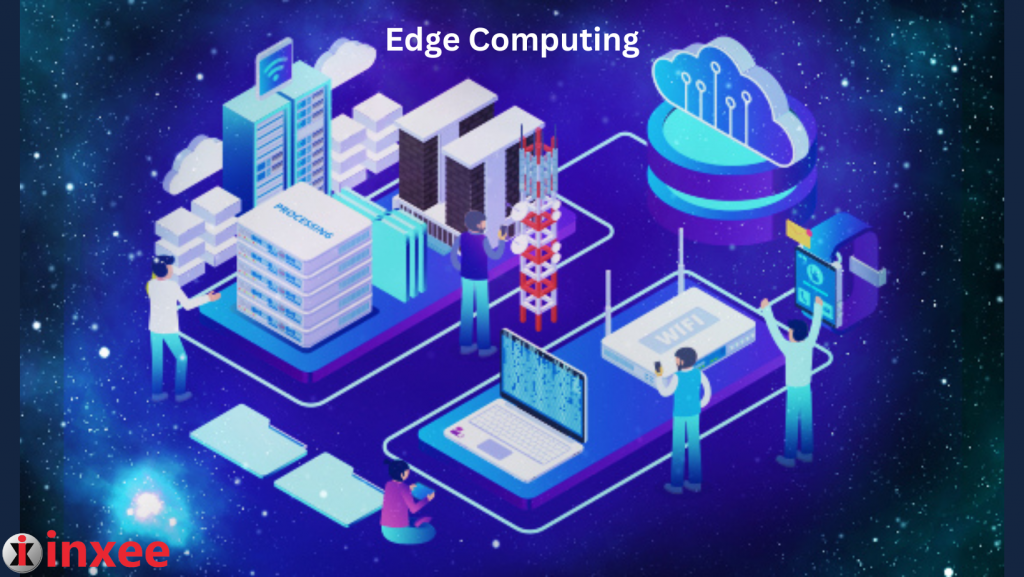Why is edge computing getting more popular with organizations of all sizes today?
Edge computing is experiencing a surge in popularity among organizations of all sizes due to several key reasons:
- Reduced Latency: Edge computing brings computational power closer to the data source, enabling faster processing and reduced latency. This is particularly important for real-time applications that require immediate analysis and response, such as autonomous vehicles, industrial automation, and smart city systems. By minimizing the time it takes for data to travel to and from a centralized cloud, edge computing enhances the overall user experience and enables near-instantaneous decision-making.
- Bandwidth Optimization: With the proliferation of connected devices and the exponential growth of data generated by the Internet of Things (IoT), transmitting all data to the cloud can strain network bandwidth and increase costs. Edge computing allows data to be processed and analyzed locally, minimizing the need for transmitting large volumes of data to the cloud. This optimization of bandwidth usage not only reduces network congestion but also decreases data transfer costs.
- Enhanced Data Privacy and Security: Edge computing addresses concerns related to data privacy and security. By processing data locally at the edge, organizations can retain greater control over sensitive data and reduce the risk of unauthorized access or data breaches during transmission to a remote cloud. This is particularly important in industries where data privacy regulations are stringent, such as healthcare and finance.
- Offline Functionality: Edge computing enables applications to function even in scenarios with limited or intermittent connectivity to the cloud. This is crucial in environments where uninterrupted operation is essential, such as remote locations, manufacturing plants, and transportation systems. By processing data at the edge, organizations can ensure continuous functionality and maintain critical services even in the absence of a reliable internet connection.
- Real-time Decision-making: Edge computing empowers organizations to make instant decisions at the edge without relying on cloud connectivity. This is beneficial in time-sensitive applications, such as autonomous vehicles that need to quickly respond to changing road conditions or industrial systems that require immediate action to prevent equipment failures. By processing data locally, organizations can achieve real-time decision-making and reduce dependency on cloud-based processing.
- Scalability: Edge computing offers scalability by distributing computational resources across edge devices. As the number of connected devices and data volume increases, organizations can scale their edge infrastructure to handle the growing demands. This distributed architecture allows for efficient resource allocation, improved performance, and flexibility to adapt to changing requirements.
- Cost Efficiency: Edge computing can result in cost savings for organizations. By processing and analyzing data at the edge, organizations can reduce the need for extensive cloud infrastructure and minimize data transfer costs. Edge devices are often less expensive to deploy and maintain compared to maintaining a large-scale cloud infrastructure, making edge computing a cost-effective solution for many use cases.
These factors contribute to the growing popularity of edge computing among organizations of all sizes. By leveraging edge computing, organizations can benefit from reduced latency, optimized bandwidth usage, enhanced data privacy and security, offline functionality, real-time decision-making, scalability, and cost efficiency.










Leave a Reply